"THE 39 STEPS" The Hitchcock Movie
CINEMA & CULTURE
"THE 39 STEPS"
The Hitchcock Movie
The Hitchcock Movie
Great film with comedy, drama & mystery
Of the four major film versions of the novel, Hitchcock's film has been the most acclaimed. In 1999, the British Film Institute ranked it the fourth best British film of the 20th century; In 2004, Total Film named it the 21st greatest British film of all time, and in 2011 named it the second greatest Best Book to Film Adaptation.
The 39 Steps is a 1935 British thriller film directed by Alfred Hitchcock and starring Robert Donat and Madeleine Carroll. Loosely based on the 1915 adventure novel The Thirty-Nine Steps by John Buchan, the film is about a man in London who tries to help a counter-espionage agent prevent an organisation of spies called The 39 Steps from stealing top secret information. When the agent is killed and he stands accused of the murder, he goes on the run with an attractive woman to save himself and stop the spy ring and clearing his name.
The 39 Steps is a 1935 British thriller film directed by Alfred Hitchcock and starring Robert Donat and Madeleine Carroll. Loosely based on the 1915 adventure novel The Thirty-Nine Steps by John Buchan, the film is about a man in London who tries to help a counter-espionage agent prevent an organisation of spies called The 39 Steps from stealing top secret information. When the agent is killed and he stands accused of the murder, he goes on the run with an attractive woman to save himself and stop the spy ring and clearing his name.
Of the four major film versions of the novel, Hitchcock's film has been the most acclaimed. In 1999, the film came in fourth in a BFI poll of British films. In 2004, Total Film named it the 21st greatest British movie of all time.
"THE 39 STEPS"
1935
Hitchcock Movie
Directed by Alfred Hitchcock
Produced by Michael Balcon
Based on The Thirty-Nine Stepsby John Buchan
Starring
Robert Donat Madeleine Carroll
Lucie Mannheim Godfrey Tearle
Country United Kingdom
Production Gaumont-BritishPicture Corporation
Categories comedy, drama, mysteryPublished 1935
Running time 86 minutes
The Thirty-Nine Steps is an adventure novel by the Scottish author John Buchan. It first appeared as a serial in Blackwood's Magazine in August and September 1915 before being published in book form in October that year by William Blackwood and Sons, Edinburgh.[1] It is the first of five novels featuring Richard Hannay, an all-action hero with a stiff upper lip and a miraculous knack for getting himself out of sticky situations.
The novel formed the basis for a number of film adaptations, notably: Alfred Hitchcock's 1935 version; a 1959 colour remake; a 1978 version which is perhaps most faithful to the novel; and a 2008 version for British television.
Adaptation
The script was originally written by Charles Bennett, who prepared the initial treatment in close collaboration with Hitchcock; Ian Hay then wrote some dialogue.
The script was originally written by Charles Bennett, who prepared the initial treatment in close collaboration with Hitchcock; Ian Hay then wrote some dialogue.
The film's plot departs substantially from John Buchan's novel, with scenes such as in the music hall and on the Forth Bridge absent from the book. Hitchcock also introduced the two major female characters, Annabella the spy and Pamela, reluctant companion. In this film, The 39 Steps refers to the clandestine organisation, whereas in the book and the other film versions it refers to physical steps, with the German spies being called "The Black Stone" . By having Annabella tell Hannay she is travelling to meet a man in Scotland (and produce a map with Alt-na-Shellach house circled) Hitchcock avoids the coincidence in Buchan's novel where Hannay, with the whole country in which to hide, chances to walk into the one house where the spy ringleader lives.
Production
The 39 Steps was a major British film of its time. The production company, Gaumont-British, was eager to establish its films in international markets, and especially in the United States, and The 39 Steps was conceived as a prime vehicle towards this end. Where Hitchcock's previous film, The Man Who Knew Too Much, had costs of £40,000, The 39 Steps cost nearly £60,000. Much of the extra money went to the star salaries for Robert Donat and Madeleine Carroll. Both had already made films in Hollywood and were therefore known to American audiences. At a time when British cinema had few international stars, this was considered vital to the film's success. Hitchcock heard Scottish industrialist and aircraft pioneer James G. Weir commuted to work daily in an autogyro, and worked the aircraft into the film.
Poster
This is a poster for The 39 Steps.
The poster art copyright is believed to belong to the distributor of the film, Gaumont British, the publisher of the film or the graphic artist.
Further details: This is the original British poster for Hitchcock's 1935 version of The 39 Steps. qualifies as fair use under United States copyright law.
This image is of a poster,
and the copyright for it is most likely owned by either the publisher
or the creator of the work depicted. It is believed that the use of scaled-down, low-resolution images of posters.
Plot
At a London music hall theatre, Richard Hannay (Robert Donat) is watching a demonstration of the superlative powers of recall of "Mr. Memory" (Wylie Watson) when shots are fired. In the ensuing panic, Hannay finds himself holding a seemingly frightened Annabella Smith (Lucie Mannheim), who talks him into taking her back to his flat. There, she tells him that she is a spy, being chased by assassins, and that she has uncovered a plot to steal vital British military information, masterminded by a man with the top joint missing from one of his fingers. She mentions the "39 Steps", but does not explain its meaning.
Later that night Smith, fatally stabbed, bursts into Hannay's bedroom and warns him to flee. He finds a map of the Scottish Highlands clutched in her hand, showing the area around Killin, with a house or farm named "Alt-na-Shellach" circled. He sneaks out of the watched flat disguised as a milkman and boards the Flying Scotsman express train to Scotland. He learns from a newspaper that he is the target of a nationwide manhunt for Smith's murderer. When he sees the police searching the train, he enters a compartment and kisses the sole occupant, Pamela (Madeleine Carroll), in a desperate attempt to escape detection. She frees herself from his unwanted embrace and alerts the policemen, who stop the train on the Forth Bridge. Hannay escapes, however.
He walks toward Alt-na-Shellach, staying the night in the house of a poor crofter (John Laurie) and his much younger wife (Peggy Ashcroft). Early the next morning, she sees a police car approaching and warns Hannay. Hannay flees, wearing the crofter's coat. At a bridge, he finds a sign for Alt-na-Shellach. He arrives at the house of the seemingly respectable Professor Jordan (Godfrey Tearle) and is let in after saying he has been sent by Anabella Smith. The police arrive, but Jordan sends them away and listens to Hannay's story. Jordan then reveals that he is missing part of a finger; he shoots Hannay and leaves him for dead.
Luckily, the bullet is stopped by the crofter's hymn book in the coat pocket. Hannay drives into town and goes to the sheriff, who does not believe the fugitive's story since he knows Jordan well. Hannay's right wrist is handcuffed, but he jumps through a window and escapes by joining a march through the town. He tries to hide at a political meeting and is mistaken for the introductory speaker. He gives a rousing impromptu speech—without knowing anything about the candidate he is introducing—but is recognised by Pamela, who gives him up once more. He is taken away by "policemen" who ask Pamela to accompany them. They drive past the police station, claiming they have orders to go directly to Inveraray, but Hannay realises they are agents of the conspiracy when they take the wrong road. When the men get out to disperse a flock of sheep blocking the road, Hannay escapes, dragging the unwilling Pamela (to whom he is handcuffed) along.
They make their way across the countryside and stay the night at an inn. While he sleeps, Pamela manages to slip out of the handcuffs, but then overhears one of the fake policemen on the telephone, confirming Hannay's assertions. She returns to the room and sleeps on a sofa. The next morning, she tells him what she heard. He sends her to London to alert the police. No secret documents have been reported missing, however, so they do not believe her. Instead, they follow her.

Pamela leads them to the London Palladium. When Mr. Memory is introduced, Hannay recognises his theme music—the annoyingly catchy tune he has been unable to forget for days. Hannay realizes that the spies are using Mr. Memory to smuggle the secrets out. As the police take him into custody, he shouts, "What are the 39 Steps?" Mr. Memory compulsively answers, "The 39 Steps is an organisation of spies, collecting information on behalf of the Foreign Office of ..." Jordan shoots him and tries to flee, but is apprehended. The dying Mr. Memory recites the information stored in his brain—the design for a silent aircraft engine—and is then able to pass away peacefully, saying "I'm glad it's off my mind."
The film fades to an image of Hannay and Pamela's clasped hands as they stand at the side of the stage while the hurriedly ushered-on chorus line dance to an orchestrated version of the Jessie Matthews song "Tinkle Tinkle Tinkle".
(Hitchcock had worked with Jessie Matthews on the film Waltzes From Vienna and reportedly didn't like her very much, but as well as the fade-out music to "The 39 Steps", he also used an orchestrated version of her song "May I Have The Next Romance With You" in the ballroom sequence of his film Young and Innocent.)


Reception
It was voted the best British film of 1935. It was the 17th most popular film at the British box office in 1935-36.
Of the four major film versions of the novel, Hitchcock's film has been the most acclaimed. In 1999, the British Film Institute ranked it the fourth best British film of the 20th century; in 2004, Total Film named it the 21st greatest British movie ever made, and in 2011 ranked it the second-best book-to-film adaptation of all time.
Copyright status
On
January 18, 2012, the U.S. Supreme Court ruled that the copyright
clause of the U.S. Constitution doesn't prevent the United States from
meeting its treaty obligations towards copyright protection for foreign
works. Following the ruling, notable films such as The 39 Steps and The
Third Man (1949) were taken back out of the public domain and became
fully protected under American copyright law.
Directed by Alfred Hitchcock
Produced by Michael Balcon
Screenplay by
Charles Bennett
Ian Hay
Based on The Thirty-Nine Stepsby John Buchan
Starring
Robert Donat
Madeleine Carroll
Lucie Mannheim
Godfrey Tearle
Music by
Jack Beaver (uncredited)
Louis Levy (uncredited)
Cinematography Bernard Knowles
Edited by Derek N. Twist
Productioncompany
Gaumont-British Picture Corporation
Distributed by Gaumont British Distributors
Release dates
6 June 1935 (Premiere, London)
2 August 1935 (USA)
Running time 86 minutes
Country United Kingdom
Language English
Budget £60,000

Source (Movie): The 39 Steps (1935 film) by Wikipedia (CC BY)
Source (Movie): Archive.org/details/the39steps
"No Copyright Infringement Intended, Strictly For Promotional Purposes Only! All Rights Reserved To Their Respective Owners."
"Copyright Disclaimer Under Section 107 of the Copyright Act 1976, allowance is made for "fair use" for purposes such as criticism, comment, news reporting, teaching, scholarship, and research. Fair use is a use permitted by copyright statute that might otherwise be infringing. Non-profit, educational or personal use tips the balance in favor of fair use."
"Copyright Disclaimer Under Section 107 of the Copyright Act 1976, allowance is made for "fair use" for purposes such as criticism, comment, news reporting, teaching, scholarship, and research. Fair use is a use permitted by copyright statute that might otherwise be infringing. Non-profit, educational or personal use tips the balance in favor of fair use."











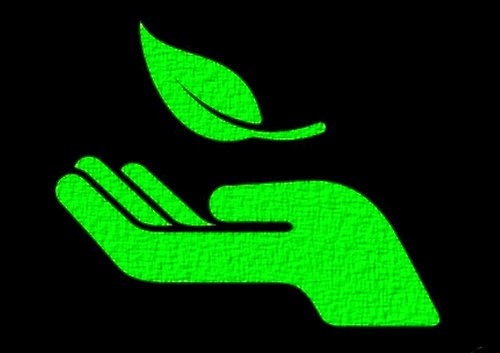



















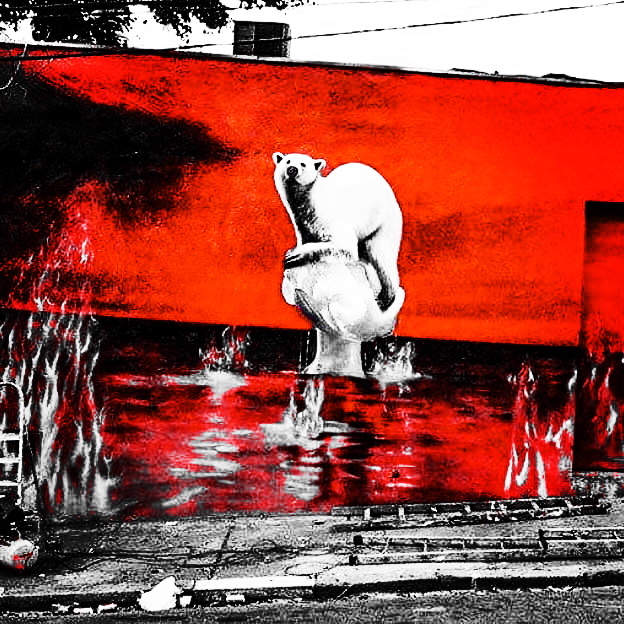
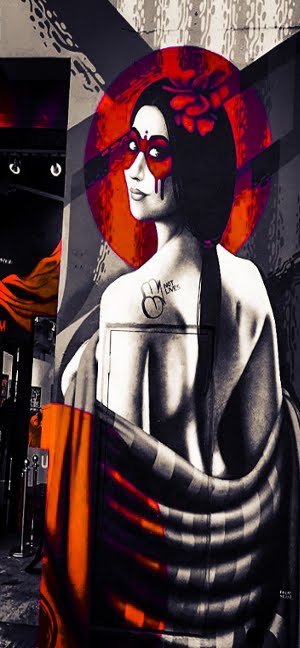

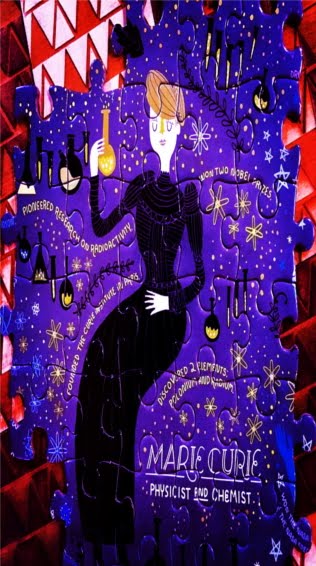




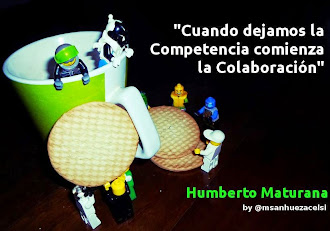


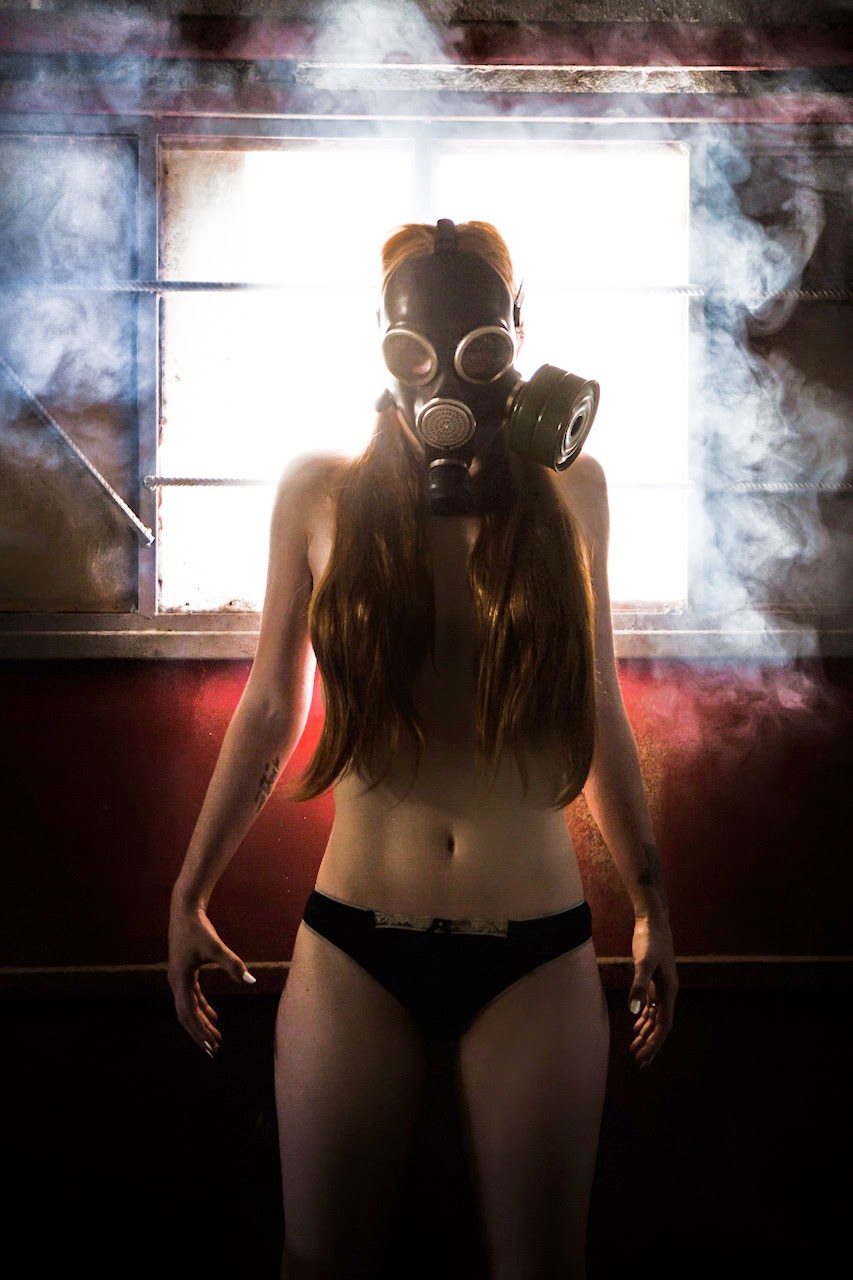










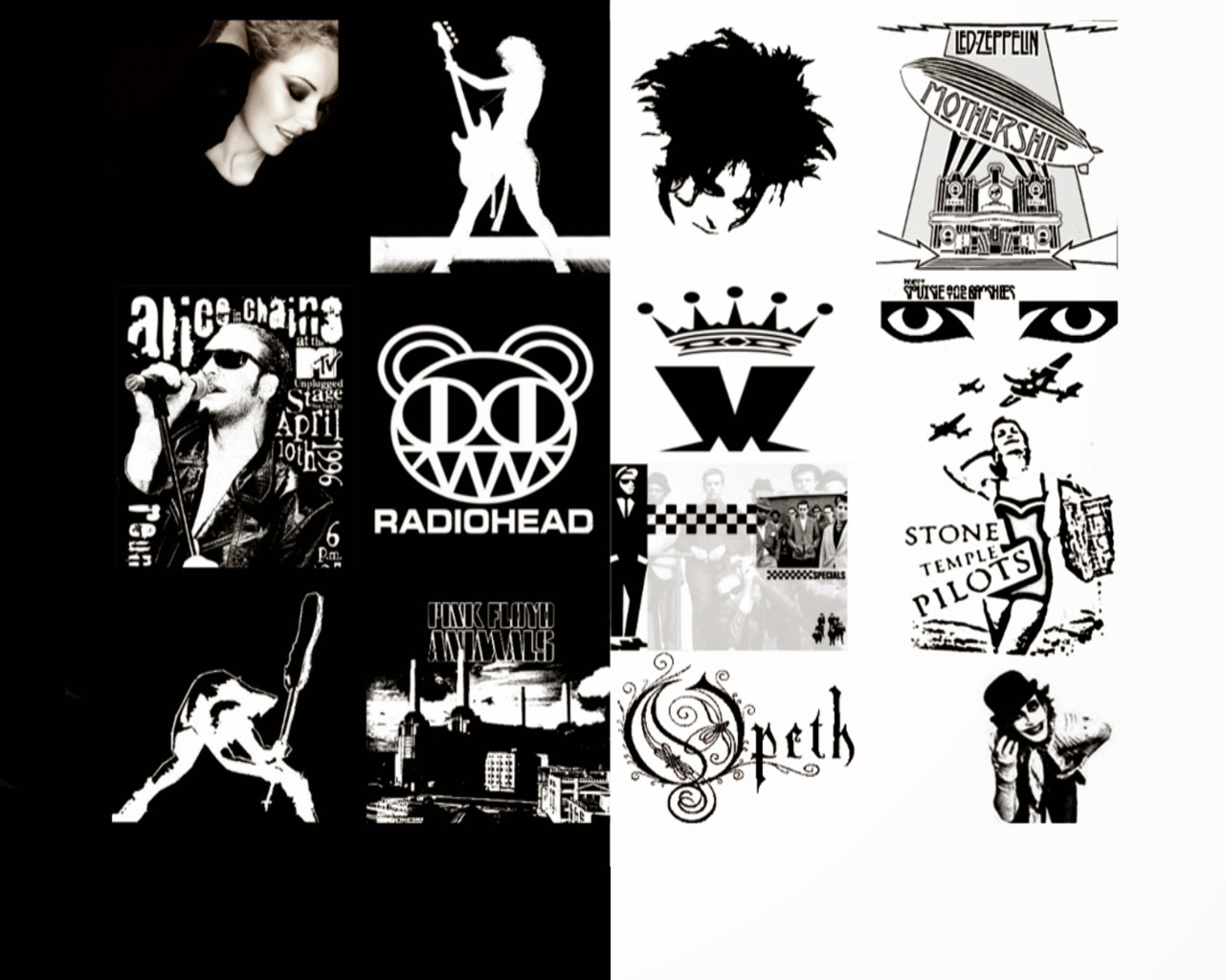


0 comentarios :